http://www.asyura2.com/14/test31/msg/1015.html
| Tweet |
(回答先: Japan-Europe Linear Plan (Revival of the Grassland Silk Road) 投稿者 歙歛2 日時 2023 年 12 月 09 日 19:19:14)
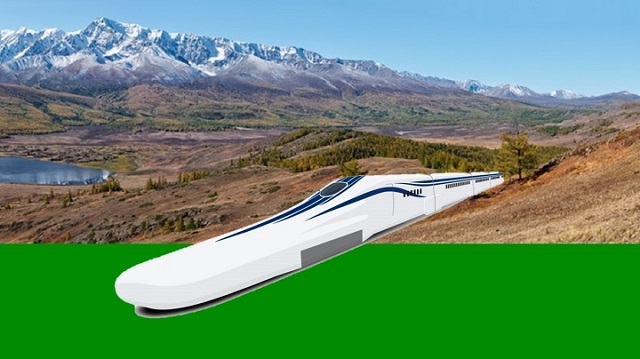
The Maglev Shinkansen, which has been considered a dream for a long time, is steadily being built and is about to become a reality. If cities could be connected at speeds comparable to those of airplanes, our lives would change completely. The concepts of urban and rural areas will also have to change. It is also expected to have the effect of connecting countries and people, which cannot be achieved with point-to-point airplane travel.
The construction of ≪Shin-Osaka==Nagoya≫ has not started yet, but once it is completed, there will be a need to discuss the next route. Although there are concerns about profitability, Kyushu==Honshu==Hokkaido's vertebral trunk line is absolutely necessary as a national policy. There seems to be a campaign in the Chugoku region to attract the company, but once commercial vehicles actually start running, I think it will become more popular elsewhere.
Beyond that, it would be impossible to contain this much power within the archipelago. Japan should take the lead in promoting a grand plan to connect Sakhalin to Siberia and then to Western Europe. If it is a linear train, it will be able to compete with airplanes, so it will be able to capture a percentage of the current airline passengers.
[History]

https://zhuanlan.zhihu.com/p/598989640_Zhihu

The grasslands that spread from east to west in the Eurasian continent between 45° and 55° north latitude are connected to southern Russia, the Kazakhs, the Altai Mountains, and the Mongolian Plateau, and are called the ”Steppe Silk Road.” The modern horse was born here, and soon became the stage for equestrian tribes.
Turkish, which became a great empire in the 6th century, crossed the sea to the Japanese archipelago and built an ancient highway for horses to run from Tohoku to Kyushu in order to create a trade route that bypassed the Northern Dynasty of China and Goguryeo. This road became the route by which silk from Southern China and Japan was transported all the way to the Eastern Roman Empire.
[Current status]
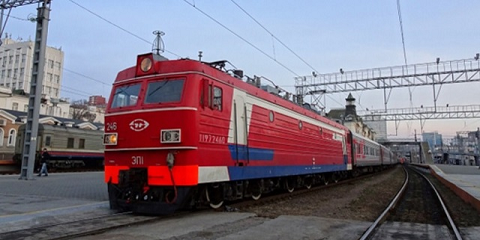
https://wpb.shueisha.co.jp/news/lifestyle/2017/01/02/77596/_Weekly pre-NEWS
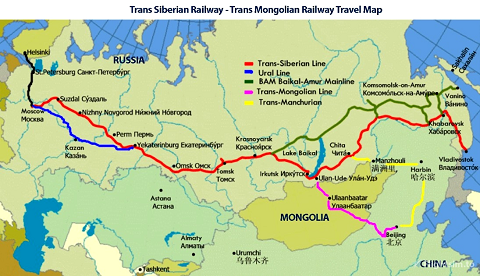
https://flightsim.to/file/7966/trans-siberian-route_Trans-Siberian Route
1) The Trans-Siberian Railway connects
2)
3)
It takes about 2 hours and 30 minutes by plane between <Vladivostok and Tokyo>, so it will take about 10 days to travel between <London and Tokyo>.
_(10) Sleeper Express Russia 6 nights and 7 days Siberian Railway #1_Suit Transportation[↖]
_(19)Russia-Germany 22 hours Ride on the Super Sleeper Express_Suit Transportation[↖]
_(28) Long journey goal British-French Shinkansen Eurostar to London_Suit Transportation[↖]
【Plan】
1. Kyushu Maglev (northern route) ≪Hakata==Shin-Osaka≫ 605km
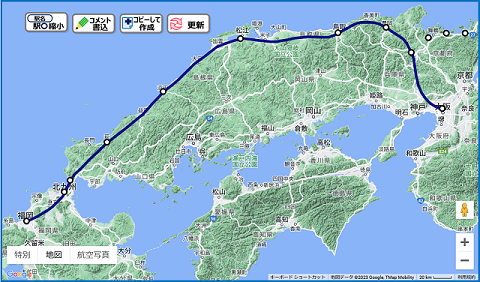
https://ku-tetsu.net/299304.html_Fantasy Railway[Click image↖]
This is the first candidate for the Chuo Linear Shinkansen(Maglev) extension route.
1) Almost the entire area is a safe zone for Nankai Trough mega-earthquakes. (more advantageous than Shikoku Maglev)
2) For linear trains, the population at the starting and ending points is more important than the population along the line. (Sanyo Maglev creates a “parallel Shinkansen”)
3) Construction costs are overwhelmingly low because land acquisition is easy.
2. Hokkaido Maglev (Shimokita Peninsula Route) ≪Tokyo==Sapporo≫ 965km
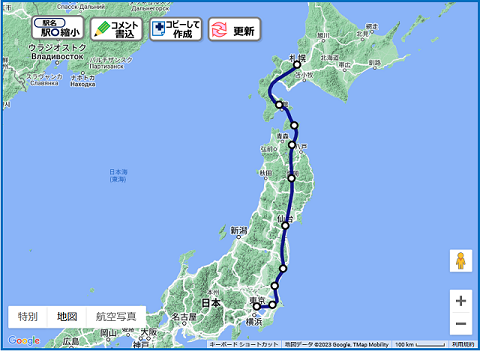
https://ku-tetsu.net/299369.html_Fantasy Railway[Click image↖]
Since the route goes through Narita Airport, connections with other countries will be dramatically improved. The Shimokita Tunnel is advantageous in terms of its ability to respond to disasters and its alignment through Hakodate, and although it has a steep slope, it can be accommodated if it is linear.
3. Sakhalin Maglev≪Sapporo==Yuzhno-Sakhalinsk≫ 502km
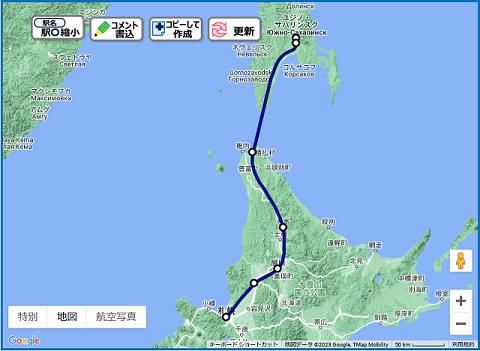
https://ku-tetsu.net/299428.html_Fantasy Railway[Click image↖]
This is the first step towards international trains, and the route to Asahikawa overlaps with the basic planned route of the Shinkansen. The Soya Tunnel is not expected to be as difficult to construct as the Seikan Tunnel.
4. Siberian Maglev≪Moscow==Yuzhno-Sakhalinsk≫ 7373km
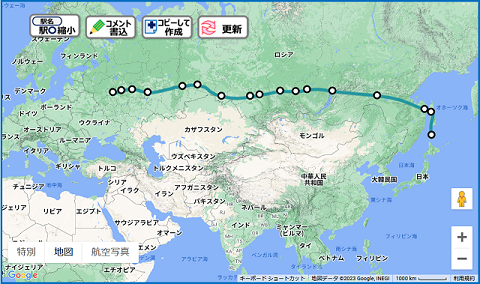
https://ku-tetsu.net/306290.html_Fantasy Railway[Click image↖]
The linear train, which follows the route of the Second Trans-Siberian Railway, runs through steppe grasslands and can be described as a ”modern-day fast horse.” First, the tunnel will be dug, so the railway will be connected, but after that, the Shinkansen will be skipped over and ”Spring in the Northern Country” will arrive.
5. Euro Maglev≪London==Moscow≫ 3023km
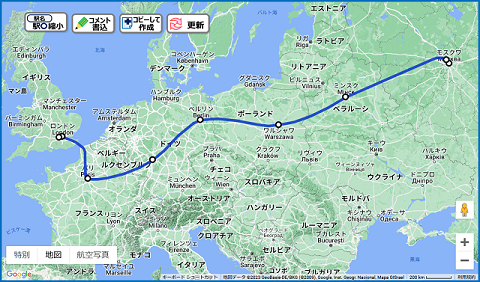
https://ku-tetsu.net/306341.html_Fantasy Railway[Click image↖]
Both ends have airport access, so people from many countries can use it. By passing through the capitals of six countries, we can expect considerable demand.
Construction cost (estimated from Central Maglev)
1. Kyushu Maglev………15 trillion yen
2. Hokkaido Maglev……24 trillion yen
3. Sakhalin Maglev ……13 trillion yen
4. Siberia Maglev…… 184 trillion yen
5. Euro Maglev…………76 trillion yen
The travel time between Tokyo and London is estimated to be less than 28 hours. If you leave Tokyo at 12:00 noon, you will arrive in London at 7:00 the next morning, including the time difference. If sleeping cars are developed, they will be able to compete well with airplanes.
[Summary]
President Putin's wish is to connect the Mamiya Strait and Soya Strait and run the Trans-Siberian Railway to Hokkaido. Japan didn't respond well in the past, but this time they would like to do a double-take.
The construction costs may seem huge, but countries such as the United States, China, and Russia spend this amount on military every year. If we could see people all over the world working together, replacing weapons with tools, like in the early Edo era's ”Tenka Bushin” campaign, it would be the ultimate proof that Japanese money contributes to world peace.
 The key to horseback riding techniques was the bit, which was placed in the horse's mouth. With the invention of the iron bit, the Scythians achieved advanced horse control and became the first cavalry people. It was the Israelites who introduced iron manufacturing technology to the Scythians, who together with the Scythians headed east along the Steppe Silk Road and reached the Japanese archipelago. Afterwards, they made full use of their iron-making and civil engineering techniques to construct giant keyhole-shaped tombs, reclaim Lake Kawachi (to create Osaka), and construct ancient expressways more than 12 meters wide.
The key to horseback riding techniques was the bit, which was placed in the horse's mouth. With the invention of the iron bit, the Scythians achieved advanced horse control and became the first cavalry people. It was the Israelites who introduced iron manufacturing technology to the Scythians, who together with the Scythians headed east along the Steppe Silk Road and reached the Japanese archipelago. Afterwards, they made full use of their iron-making and civil engineering techniques to construct giant keyhole-shaped tombs, reclaim Lake Kawachi (to create Osaka), and construct ancient expressways more than 12 meters wide.
https://www.equus.co.jp/column/678/_EQUUS[Click image↖]
The sight of a maglev train, a product of Japanese technology, running across the prairie will evoke the spirits of distant ancestors.
Linear Chuo Shinkansen|JR Tokai[↖]
最新投稿・コメント全文リスト コメント投稿はメルマガで即時配信 スレ建て依頼スレ
 スパムメールの中から見つけ出すためにメールのタイトルには必ず「阿修羅さんへ」と記述してください。
スパムメールの中から見つけ出すためにメールのタイトルには必ず「阿修羅さんへ」と記述してください。すべてのページの引用、転載、リンクを許可します。確認メールは不要です。引用元リンクを表示してください。